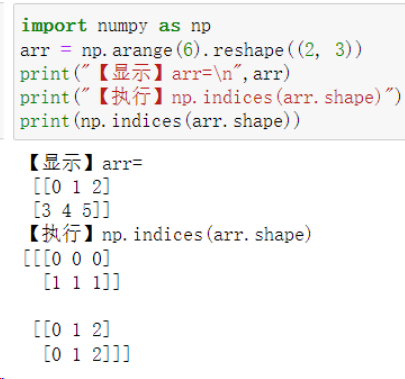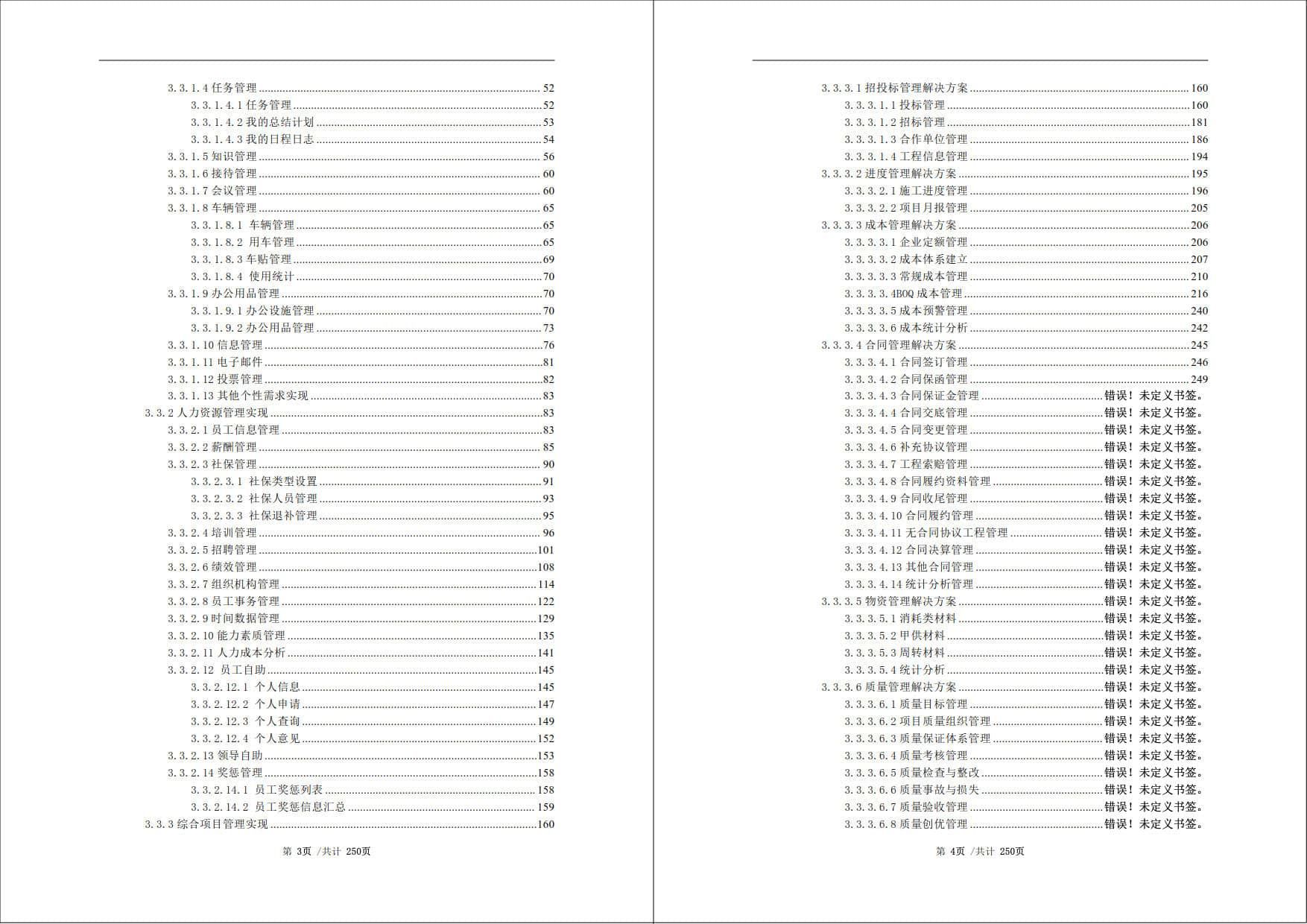一、Vue2 实现自定义组件双向数据绑定
① v-model 实现双向数据绑定
在vue2中,子组件上使用v-model的值默认绑定到子组件的props.value属性上,由于子组件不能改变父组件传来的属性,所以需要通过$emit触发事件使得父组件中数据的变化,然后再同步到子组件。vue2默认触发v-model数据变化的事件为input。
使用如下:
子组件MySon
<template><div><div>双向数据绑定:{{$props.value}}</div><div><button @click="addValue">点击++</button></div></div>
</template>
<script>
export default {name: "MySon",props: ['value'],methods: {addValue() {// 触发父组件中v-model绑定数据的变化,由于不能改变props数据中的值,所以不要写this.$props.value++这样的操作this.$emit('input', this.$props.value + 1)}}
}
</script>如果希望改变接收v-model的属性或改变触发v-model数据变化的事件,可通过model:{}配置实现,如:
<template><div><div>双向数据绑定:{{$props.value666}}</div><div><button @click="addValue666">点击++</button></div></div>
</template>
<script>
export default {name: "MySon",props: ['value666'],// --> 配置接收v-model数据的属性以及改变数据的事件 <--model: {prop: 'value666',event: 'updateValue666'},methods: {addValue666() {this.$emit('updateValue666', this.$props.value666 + 1)}}
}
</script>父组件
<template><div id="app"><MySon v-model="num"></MySon></div>
</template>
<script>
import MySon from "@/components/MySon.vue";
export default {name: 'App',components: {//注册子组件MySon},watch: {// 监视num数据的变化 num(newValue, oldValue) {console.log('num: ' + oldValue + ' -> ' + newValue)},},data() {return {num: 10,}},
}
</script>② .sync 实现子组件多个数据双向绑定
在Vue2中使用v-model只能使用一次,如果要实现多个双向数据绑定,可以借助.sync修饰,使用语法为 :属性.sync="数据" ,用这种绑定代替v-model,触发数据改变的事件为update:属性名
使用如下:
子组件
<template><div><div>sync双向数据绑定:{{$props.data}}</div><div><button @click="addData">点击++</button></div></div>
</template>
<script>
export default {name: "MySon",// 用props.data属性接收双向绑定的数据 props: ['data'],methods: {addData() {// 触发 update:data 事件改变父组件中绑定的值 this.$emit('update:data', this.$props.data + 1)}}
}
</script>父组件
<template><div id="app"><!-- 用 :data.sync 将数据双向绑定到子组件的data属性上 --> <MySon :data.sync="num"></MySon></div>
</template>
<script>
import MySon from "@/components/MySon.vue";
export default {name: 'App',components: {MySon},watch: {num(newValue, oldValue) {console.log('num: ' + oldValue + ' -> ' + newValue)}},data() {return {num: 10}},
}
</script>至于为什么子组件要通过$emit('update:属性名', 数据);来触发父组件数据变化,原因如下:
<MySon :data.sync="num"></MySon>||\/等价于
<MySon :data="num" @update:data="(newData) => {num = newData}"></MySon>二、Vue3 实现双向数据绑定
在Vue3中,v-model可以实现多个数据双向数据绑定,同时.sync修饰符已经不再生效。
① v-model 实现双向数据绑定
vue3中子组件上使用v-model绑定的数据默认传到子组件的props.modelValue属性上(vue2是props.value属性),并且默认触发数据变化的事件为update:modelValue (vue2为input)
使用如下:
子组件
<template><div><div>双向数据绑定modelValue:{{props.modelValue}}</div><div><button @click="addModelValue">点击++</button></div></div>
</template>
<script setup>// props.modelValue接收v-model绑定的数据const props = defineProps(['modelValue'])const emit = defineEmits(['update:modelValue'])function addModelValue(){// 触发父组件中双向绑定数据的变化emit('update:modelValue', props.modelValue + 1)}
</script>父组件
<template><Son v-model="num"></Son>
</template>
<script setup>import {ref, watch} from "vue";import Son from "@/components/Son.vue"; const num = ref(0)// 监视num数据变化watch(num, (newValue, oldValue) => {console.log('num: ' + oldValue + '->' + newValue)})
</script>② v-model: 属性 实现多个数据双向绑定
数据绑定语法:v-model:属性="数据"
触发数据变化的事件:update:属性
使用如下:
子组件
<template><div><div>双向数据绑定data:{{props.data}}</div><div><button @click="addData">点击++</button></div></div>
</template>
<script setup>const props = defineProps(['data'])const emit = defineEmits(['update:data'])const addData = () => {emit('update:data', props.data + 1)}
</script>父组件
<template><!-- 将num数据绑定到子组件的data属性上 --><Son v-model:data="num"></Son>
</template>
<script setup>import {ref, watch} from "vue";import Son from "@/components/Son.vue";const num = ref(0)watch(num, (newValue, oldValue) => {console.log('num: ' + oldValue + '->' + newValue)})
</script>


















